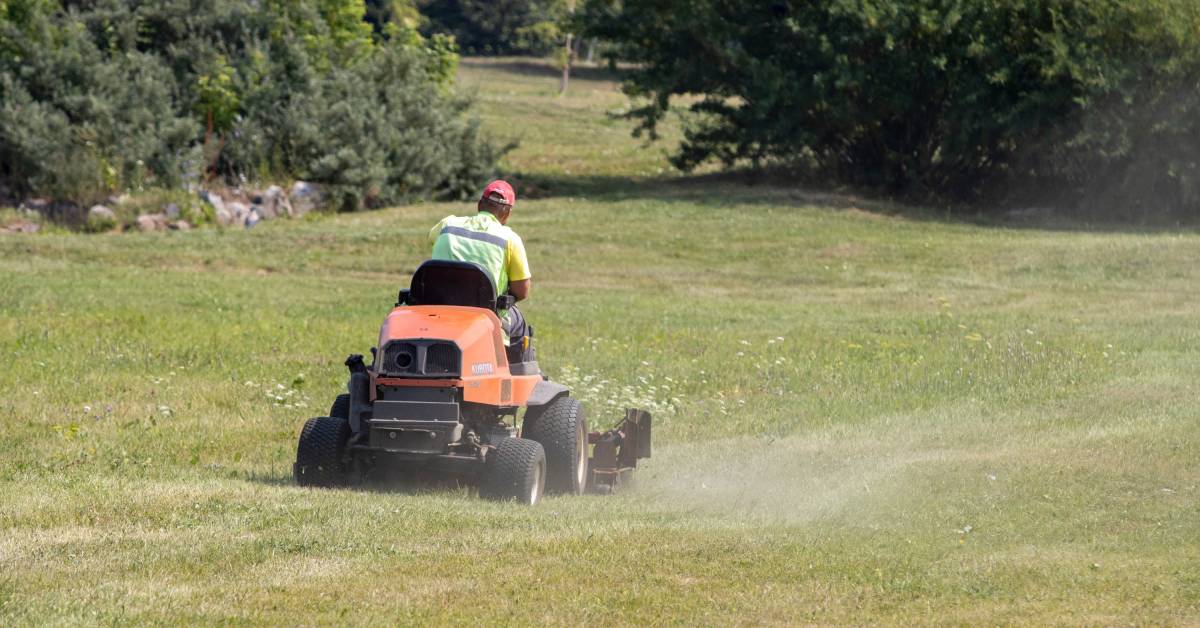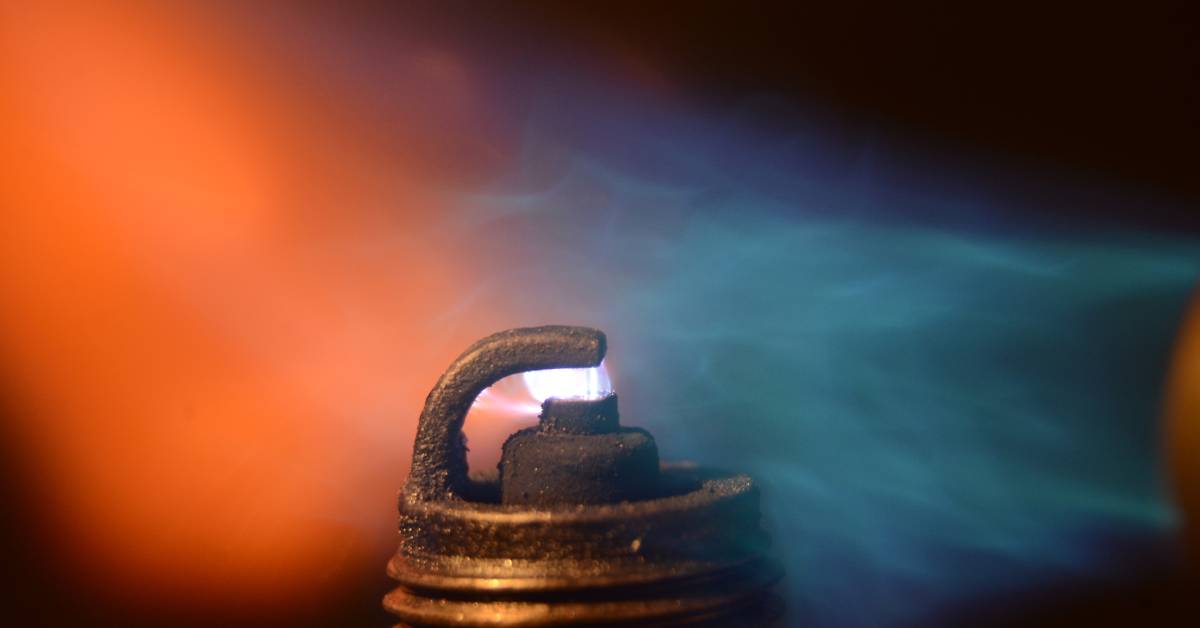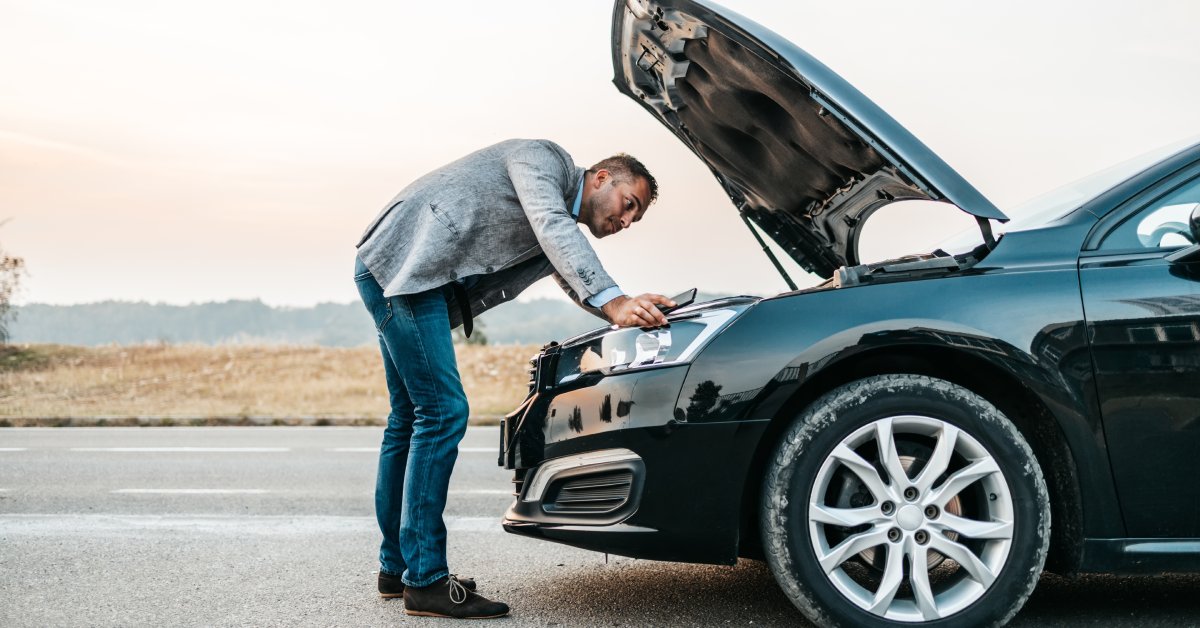
Know what's attracted to shiny red sports cars? Beautiful women. Oh, and bird poop, according to a new study.
Bad news for your little red sports car. Turns out that gorgeous Candy Apple Red paint job makes your ride a big ol’ bird poop target. In a study commissioned by Halfords, an online retailer of bike and auto tech accessories, red cars attract more bird droppings than any other color.
Researchers in the U.K. found that red vehicles made up a full 18 percent of the cars marked by birds. Blue cars were the next unluckiest at 14 percent. And being green may be easy after all. A mere one percent of green cars got hit – A statement from our feathered friends (or foes, if you drive red) on the eco-movement, perhaps?
Here’s how the most popular car colors fared:
- Red – 18 percent
- Blue – 14 percent
- Black – 11 percent
- White – 7 percent
- Grey or Silver – 3 percent
- Green – 1 percent
The study sample included 1,140 cars parked somewhere in England’s Brighton, Glasgow, Leeds, Manchester and Bristol cities over two consecutive days. Fully unscientific guesses put forth as to why birds seem to favor a red drop zone vary. Some figure that the intense color may seemingly signal danger and prompt an equally intense bio-reaction. One asked what color the feathered offenders themselves were, suggesting that perhaps they’re attracted to car colors that match their own plumage. Another figures that red cars likely get polished and pampered more than cars of less flashy hues, and as a result, birds see their reflections in them. No guess as to why a reflection would cause a bird to expel its lunch, unless it mistakes that reflection for a competitor.
There may be a bit of a numbers glitch, though. There’s no indication as to the total number of each car color in the group. So, if Brits fancy red, it could mean that there simply were more potential targets sporting that color available. Of course, it’s been said that police handing out speeding tickets and car insurance sales reps also crave the crimson, though no solid studies have been conducted to back up those claims.
In any case, what’s most important, no matter your car’s color, is that those droppings get carefully washed off immediately. Car polish experts say bird feces causes paint lacquer to soften and expand, forming an uneven mold around the dropping and leaving a dull patch when it’s finally washed away. Seed-eating birds produce droppings with grainier textures, causing more damage to painted surfaces than birds with non-seed diets. Ergo, city pigeons will wreak more havoc on your paint job than seagulls, though anyone whose car has been unloaded upon by a pelican with a bellyful of fish guts may beg to differ.
Despite the average $89.3 million that car owners pay out each year to repair damaged paint patches and the reduced resale value (not to mention the disease-harboring potential of bird lime), just 17 percent of drivers surveyed said they wipe off bird droppings immediately. Twenty percent said they took action within a few days and a full 55 percent said they just ignored it until the next scheduled car wash. The remaining eight percent – well, we here at E3 Spark Plugs suggest you not carpool with those guys.







